
Cardiology
Latest News

Latest Videos
CME Content
More News
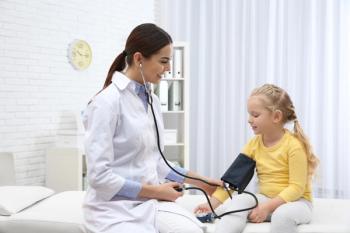
Children with hypertension were at an increased risk of stroke, congestive heart failure, and other major adverse cardiac events compared to non-hypertensive individuals.

Even 6 years after publication, the investigative team stated it is unknown if the recommendations have led to changes in primary care.

Carissa M. Baker-Smith, MD, MPH, explains how a multidisciplinary team works together to diagnose and treat hypertension, as well as obesity in children.

A recap of the American College of Cardiology meeting and discussion of obesity and hypertension in the pediatric population.
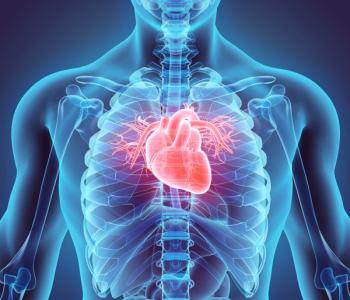
“These findings suggest that primordial and primary interventions to prevent and reduce elevated childhood non–HDL-C levels may help prevent premature CVD," wrote the study authors.

What genetic red flags are associated with congenital heart disease? Jennifer Joiner, MSN, CPNP-AC/PC, joined Contemporary Pediatrics at the 45th NAPNAP National Conference to discuss the answer.
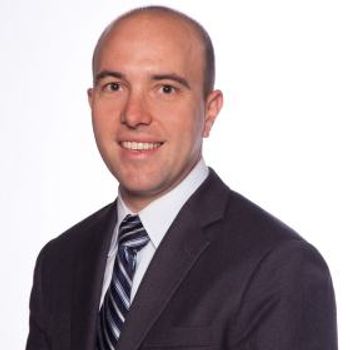
Scott Ceresnak, MD, explains ways AI technology could be useful when it comes to pediatric cardiology, though he states "big" research data is needed to generate pediatric specific algorithms.
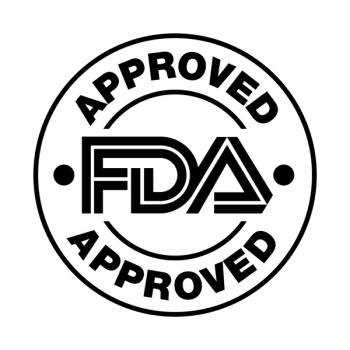
The federal agency approved Perflutren Lipid Microsphere following positive data from 3 pediatric clinical trials.
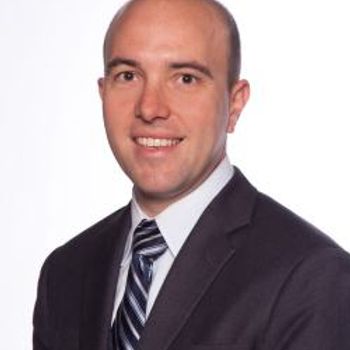
Scott Ceresnak, MD, explains smartwatch technology could be a great tool in detecting arrhythmias in children, however, given that algorithms in the technology were designed for adults, caution must be used as well.

How effective can wearable technology with features designed for adults be for children when it comes to arrhythmias? Scott Ceresnak, MD, helps provide the answer in this Contemporary Pediatrics interview.

The Orphan Drug Designation follows the receipt of Rare Pediatric Disease Designation from the FDA in January 2024.

A real-world analysis in the United States suggests hospital volume may not be the lone predictor of outcomes in pediatric cardiac surgery.

Decreasing severe adverse safety events (ASEs) could improve the poor outcomes associated with children with out-of-hospital cardiac arrest (OHCA), since 60% had at least 1 ASE.
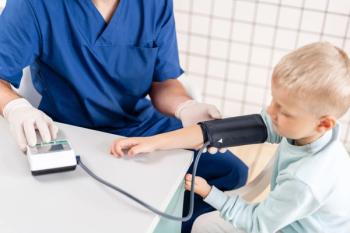
In a study that measured blood pressure (BP) in multiple stages of life until young adulthood, investigators concluded that lower BP levels early in life, maintained through young adulthood, could reduce the risk of cardiovascular disease (CVD).
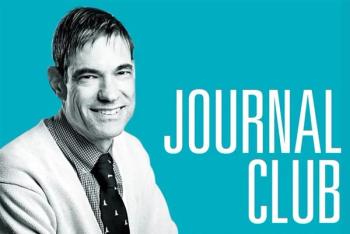
In the 18 studies that assessed the efficacy of closing a patent ductus arteriosus after 1 course of acetaminophen treatments, the results demonstrated that both oral and IV preparations were more effective than placebo.

Timing of administration of epinephrine was not associated with survival to discharge for pediatric out-of-hospital cardiac arrest patients, but overall use of epinephrine was.
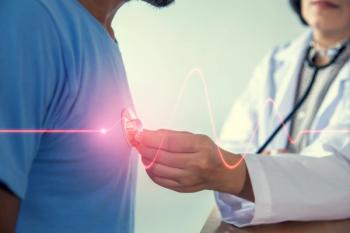
The sudden cardiac arrest of Buffalo Bills safety Damar Hamlin on January 2 shocked the public, but the condition believed to have triggered his collapse is one that is more common in young athletes than any other group.

A recent study found that the risk of cardiovascular diseases was not significantly greater in patients taking medications for attention-deficit/hyperactivity disorder (ADHD), but investigators were not able to rule out a mild risk increase.

Data from the DANish LIFE course cohort indicated that individuals with high adversity in childhood were at a greater risk of developing cardiovascular diseases than those with low adversity.

Less severe cases of homozygous familial hypercholesterolemia often go undiagnosed and untreated, according to data presented at the AAP National Conference & Exhibition in Anaheim, California from October 7-11.

Based on an investigation of associations between patterns of growth in infant weight and adult-onset coronary heart disease, the answer seems to be no.

Screening and early-life interventions for these patients may prevent cardiometabolic outcomes, according to investigators.

Evinacumab phase 3 results show a 48% LDL-C reduction in children with homozygous familial hypercholesterolemia.

Obstructive sleep apnea has previously been associated with pulmonary hypertension in literature, with investigators citing a “complex and bidirectional relationship” between the 2 conditions.

A visit to the emergency department for supraventricular tachycardia (SVT) will often result in a battery of tests. The often normal results for those tests raise the question of whether they're needed.












